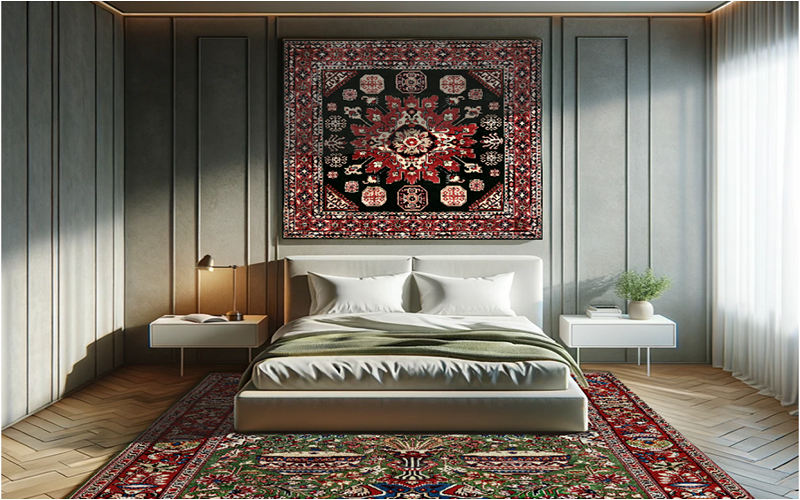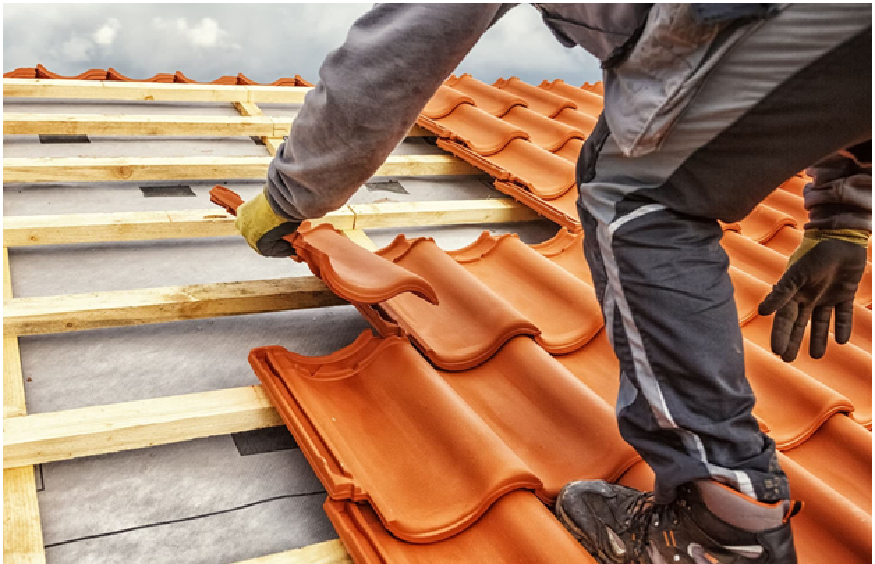A Beginner’s Guide to Persian Rugs: What Every Buyer Should Know
When it comes to home décor, few items match the timeless elegance and cultural richness of Persian rugs. These handwoven masterpieces, known for their intricate designs and superior craftsmanship, have been cherished for centuries. Whether you’re a seasoned collector or a first-time buyer, understanding the essentials of Persian carpets can help you make an informed purchase.
Understanding Persian Rugs
Quality and Craftsmanship
The quality of a Persian carpet is determined by several factors, including the materials used, knot density, and craftsmanship. High-quality rugs are typically made from natural fibers like wool, silk, or cotton. Wool is the most common material, valued for its durability and softness. Silk rugs, though more expensive, are prized for their intricate detail and luxurious feel.
Knot density, measured in knots per square inch (KPSI), is another critical quality indicator. A higher KPSI generally signifies a finer, more detailed rug. For instance, a rug with 120 KPSI will have a more intricate pattern than one with 60 KPSI. Authentic Persian rugs are hand-knotted, a process that can take months or even years, depending on the size and complexity of the design.
Design and Patterns
Persian rugs feature a wide variety of designs, each reflecting the region where it was made. Common designs include geometric, floral, and pictorial patterns. For example, Tabriz rugs are known for their detailed medallions and floral motifs, while tribal rugs like those from the Qashqai or Bakhtiari tribes often feature bold, geometric designs.
Color and Dye
Natural dyes, derived from plants and insects, give Persian rugs their rich, vibrant colors. Red is one of the most popular colors in Persian rugs, symbolizing happiness and joy. “Persian rugs red“ are particularly sought after for their deep, striking hues. These rugs often feature cochineal or madder root dyes, which produce a range of red shades from deep burgundy to bright crimson.
Authenticity and Investment
Identifying Authentic Persian Rugs
An authentic Persian rug is a significant investment, so it’s crucial to ensure its authenticity. Look for signs such as:
Hand-knotted construction: Machine-made rugs lack the unique imperfections and individuality of hand-knotted ones.
Natural fibers: Authentic rugs use natural wool, silk, or cotton, not synthetic materials.
Country of origin: Genuine Persian rugs are made in Iran (formerly Persia). Check the label or ask the seller for provenance details.
Value and Investment
Investing in a Persian rug is not only about aesthetics but also value. Authentic Persian rugs appreciate over time, especially those with historical significance or from renowned weaving regions. Red Persian carpets, due to their vibrant appeal and cultural significance, often hold their value exceptionally well.
Tips for First-Time Buyers
Research and Learn
Before making a purchase, educate yourself about different types of Persian rugs. Resources like a comprehensive Persian rugs guide can provide invaluable insights into what to look for.
Buy from Reputable Sellers
Purchasing from reputable dealers ensures the authenticity and quality of the rug. Look for sellers with positive reviews and a long-standing reputation in the market. Websites like CarpetShip offer a curated selection of genuine Persian rugs, backed by expert knowledge and customer service.
Consider the Space
Think about where you’ll place the rug. Persian rugs come in various sizes and shapes, so measure your space and consider the room’s décor. A red Persian rug can serve as a vibrant focal point, adding warmth and elegance to any room.
Budget Wisely
While Persian rugs can be expensive, they are a worthwhile investment. Set a budget that allows you to purchase the best quality rug you can afford. Remember, a high-quality Persian rug is a lifetime investment that can be passed down through generations.
Conclusion
Investing in a Persian rug is a journey into a world of history, art, and culture. These timeless pieces not only enhance the aesthetic appeal of your home but also offer a lasting value. By understanding the quality, design, and authenticity of Persian rugs, and focusing on specific aspects like the allure of red Persian rugs, you can make an informed and rewarding purchase. Whether you’re guided by a detailed “Persian rugs guide” or captivated by the vibrant “Persian rugs red,” these exquisite pieces will undoubtedly add a touch of elegance and heritage to your home.


